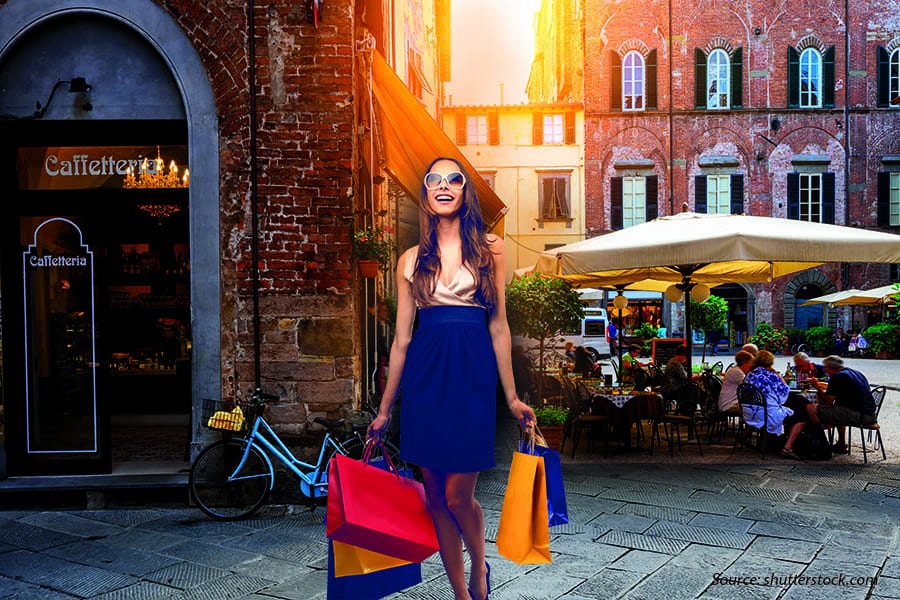
Engagement, information, personalisation, hyper-connectivity, seamlessness, availability, in-store inspiration, doorstep delivery, authenticity, priorities – these are some buzz words defining what consumers expect from brands they associate with. Predicting and exceeding consumer expectations are, needless to say, crucial factors driving the growth of retail concepts world-over.

Faster delivery
Today, consumer expectations are diverse across the age groups – Baby Boomers, Generation X, Millennials and Generation Z. While there is a massive variance of choice among the decision-makers – Baby Boomers, Generation X and Millennials – the influencer category comprising the Generation Z is also getting stronger. These expectations can be clubbed broadly under three Cs – convenience, choice and credence.
Convenience is the ability to access products and services anytime, anywhere. Point to note: global technology platform and e-commerce marketplace for luxury boutiques, Farfetch, is getting ready to introduce its first pop-up in the UAE. The idea is to deliver a unique – seamless – shopping experience to its customers; this time through a physical retail touchpoint. For a while now, the omnichannel strategy has been key to the success of many businesses. Research indicates that the share prices of global fashion retailers such as Inditex and H&M following an omnichannel strategy are beating the pureplay e-fashion retailers. Having that said, while e-commerce is growing, over 80% of business still happens in a brick-and-mortar environment, which must be a lively, experience-laden space.
Choice revolves around the ability to opt for multiple options. It could be eating a veggie burger at Burger King, shop at the convenience store located within the office complex, go to the gym or medical centre in a shopping mall or attend a concert in the open-air park around the home. Thus, the need for integrated spaces offering numerous choices.
Credence has many manifestations. It could be saying no to plastic. It could be tenants and landlords being mindful of reducing carbon footprint. It could be supporting home-grown brands and offering authenticity. A great example in the UAE is KAVE – a space tucked in Dubai’s Alserkal Avenue; a home-grown brand launched to support like-minded, responsible businesses.
As consumer expectations are evolving and ever-changing, the new retail mix is becoming more exciting and challenging at the same time.
You must be logged in to post a comment.